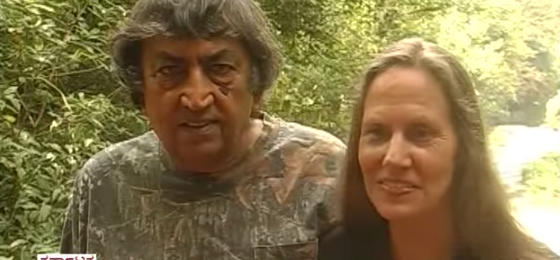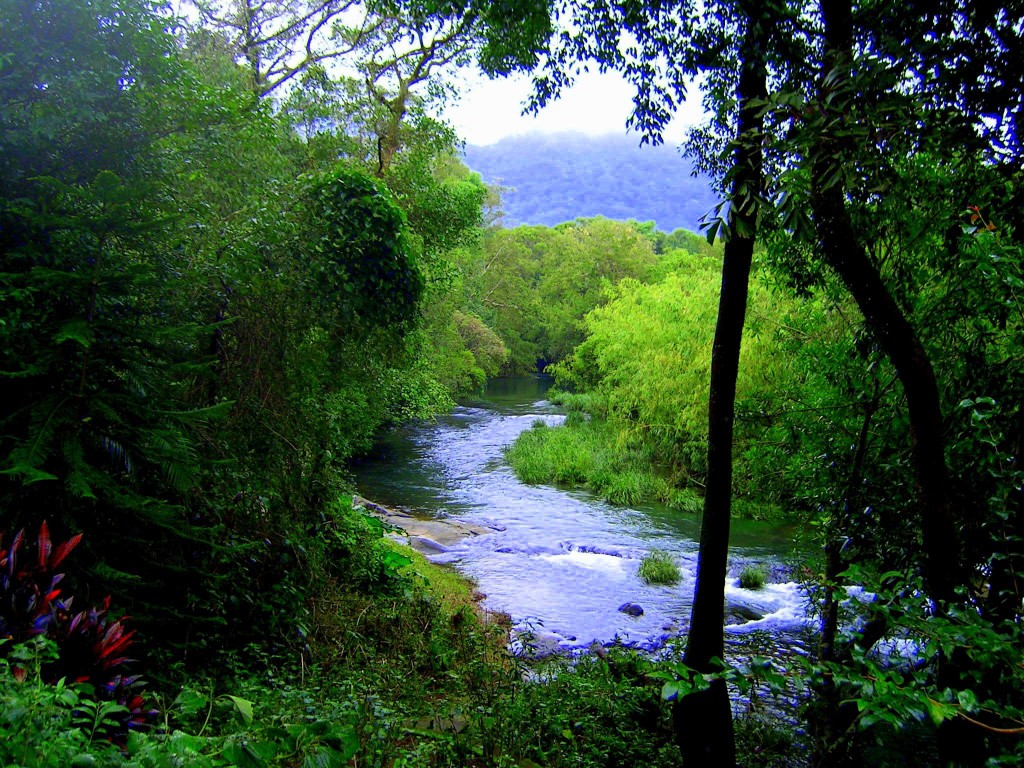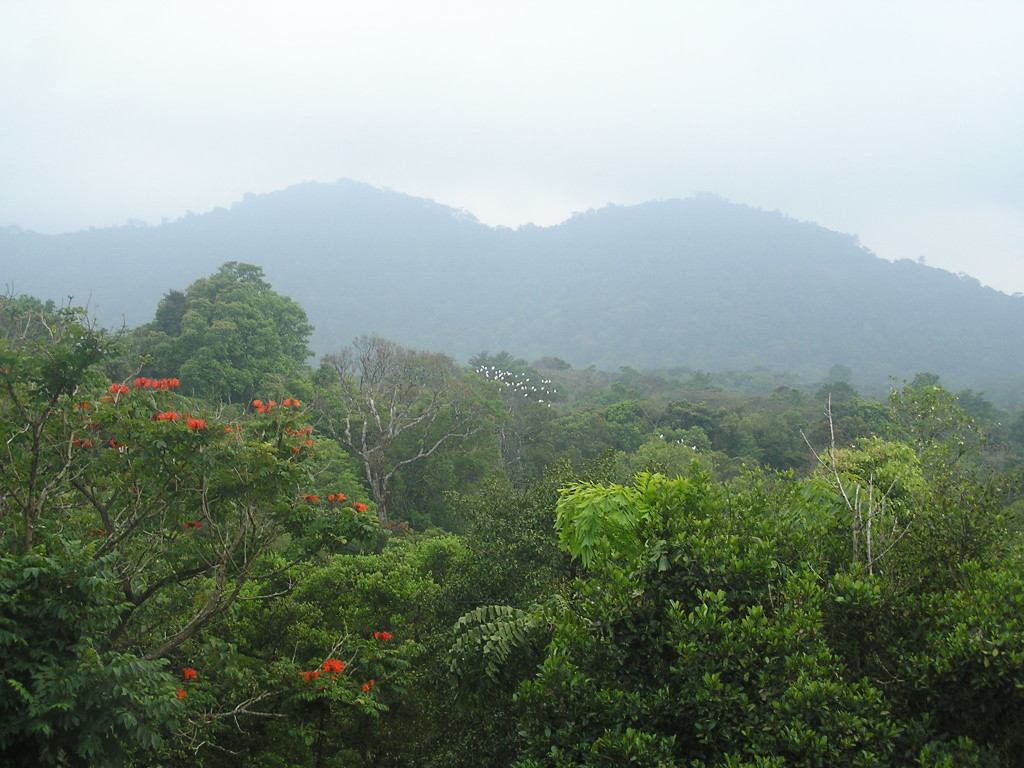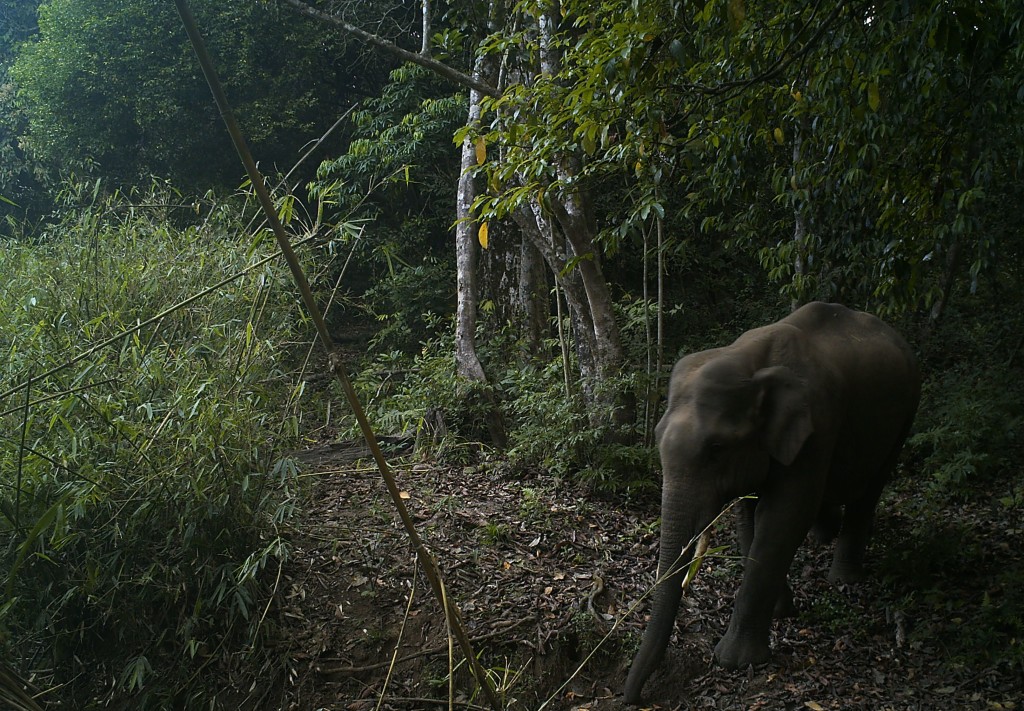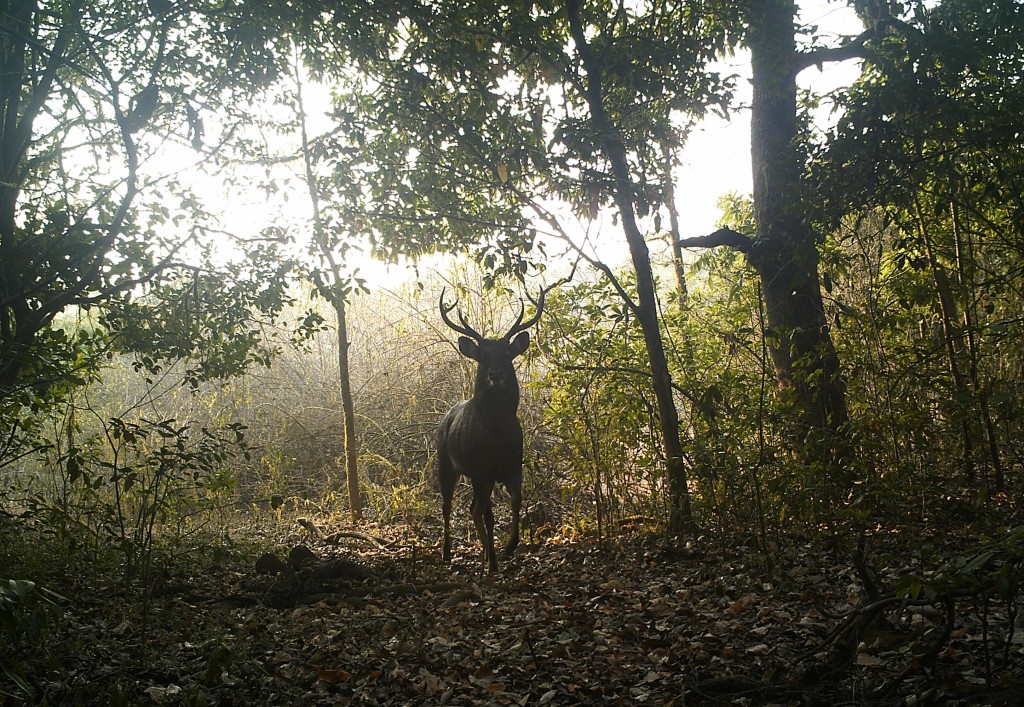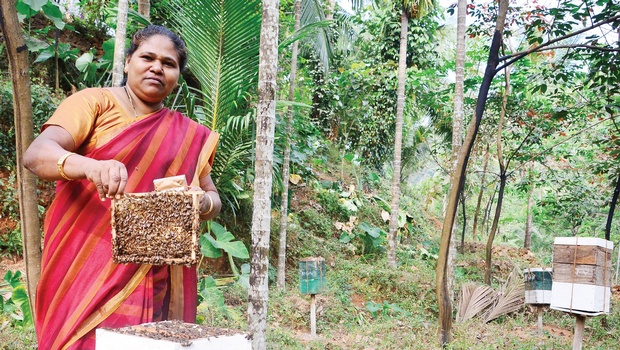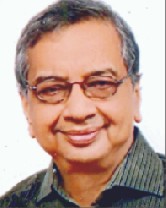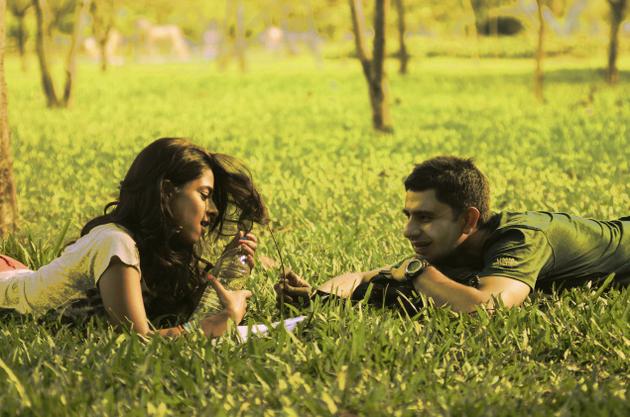Serving Indian and international clients its latest beverage equipment solutions, Vikram Khurana, CEO, Kaapi Machines, speaks about the company’s strength and brands it offers
Kaapi Machines, India’s first integrated beverage equipment solutions company, was started in 2007 as a joint venture between Mahlkonig GMBH, the master in grinding technology from Germany and McKinnon India, based in Coimbatore; an Indian manufacturer of green coffee processing equipment company to offer one stop solutions for coffee business. “We have earned a reputation for quality, reliability and professionalism,”says Vikram Khurana, CEO, Kaapi machines. He further adds, “Making a good coffee is a combination between good technology, quality coffee blend and the skilled hands of a Barista and we support our customers in achieving this combination right to serve a good cup of cappuccino at their cafes/ restaurants/ hotels.”
Serving our customers that include international and Indian hotel chains, café’s and QSR’s operating in Indian subcontinent, Kaapi Machines distributes and supports one of the largest range of coffee equipment brands available in India and the neighbouring countries. “Our portfolio includes traditional and automatic coffee machines, espresso grinders, retail and industrial coffee grinders, shop and industrial coffee roasters, coffee brewers, ice blenders and barista tools. Our company’s strength is its ability to offer a complete coffee solution and at the same time provide the highest level of customer service and equipment. the company has company sales offices/ demonstration centres in Bengaluru, Mumbai and New Delhi.
The company supports its customers with an effective after sales service that includes operational training and a one year warranty support followed by an AMC programme to ensure that the machines are always taken care by the right people. The company also supports customers in the following:
Blend development for Italian coffees (House blend)
Italian menu for hot coffees
Barista training on the following:
Understanding the grinder and your grind size
Brewing the perfect shot of espresso
Art of texturing the milk
Art of pouring the milk
Latte art techniques for making heart/ rosetta/ leaf on a cup of coffee.
Kaapi machines since inception has been actively engaged in coffee promotional activities including India international coffee festival, organising coffee programmes in different parts of India with coffee board of India to spread education on coffee cup quality using various brewing options.
Kaapi Shastra- a five day coffee education programme driven by coffee board of India in Bengaluru, organising and sponsoring the Indian Barista Championship under patronage of Coffee Board of India and recent achievement has been to set up India’s first dedicated Barista training academy for coffee lovers to learn professionally as how to make Italian espresso and cappuccino in 16 hours.
Kaapi Machines is the India exclusive distributor and/or service provider for the following brands: Probat, Astoria, WMF, Mahlkonig, Ditting, Anfim, Vita Mix, Bunn and Urnex.
Astoria
Since 1969, Astoria is a historic brand in the Italian tradition of professional Espresso machines. It offers different technologies from single boiler to multiple boiler machines for precision on espresso temperature stability, eco-friendly options and the recently introduced hybrid machines that suits customers’ requirements differing in capacity and price. Astoria has earned a reputation for delivering the machines with best performance to price ratio and the oldest Astoria machine installed in India is 24 years old and still operating well at an Italian restaurant in New Delhi.
Mahlkonig
For over 80 years MAHLKÖNIG is the world’s leading brand of quality professional grinders. The MAHLKÖNIG logo stands for quality leadership and innovation. Just under 90 per cent of MAHLKÖNIG products are used in the field of coffee grinding. The aim is to grind the coffee gently without loss of flavour and homogeneous with the outstanding quality to achieve a long life.
WMF Coffee Machines
WMF is the leading international manufacturer of professional coffee machines. This is due not least to the fact that even today they are only manufactured at the Geislingen site and thus can justifiably bear the ‘Made in Germany’ seal of quality. Certification of the WMF quality management system in accordance with DIN ISO 9001-2000 provides further proof of quality, efficiency and precision.
Vita Mix ice blenders
Built by hand in Cleveland Ohio, US, the ice blenders produced are well accepted by all the leading F&B retail chains due to its reliability, product engineering, total cost of ownership and extended warranty. Kaapi machines offers different Vitamix models that includes blenders with sound proofing, auto programming suitable for both beverage and food applications powered by 2 HP and 3 HP motors.
source: http://www.financialexpress.com / Financial Express / Food & Hospitality World / Home> Cover Story / March 05th, 2015

